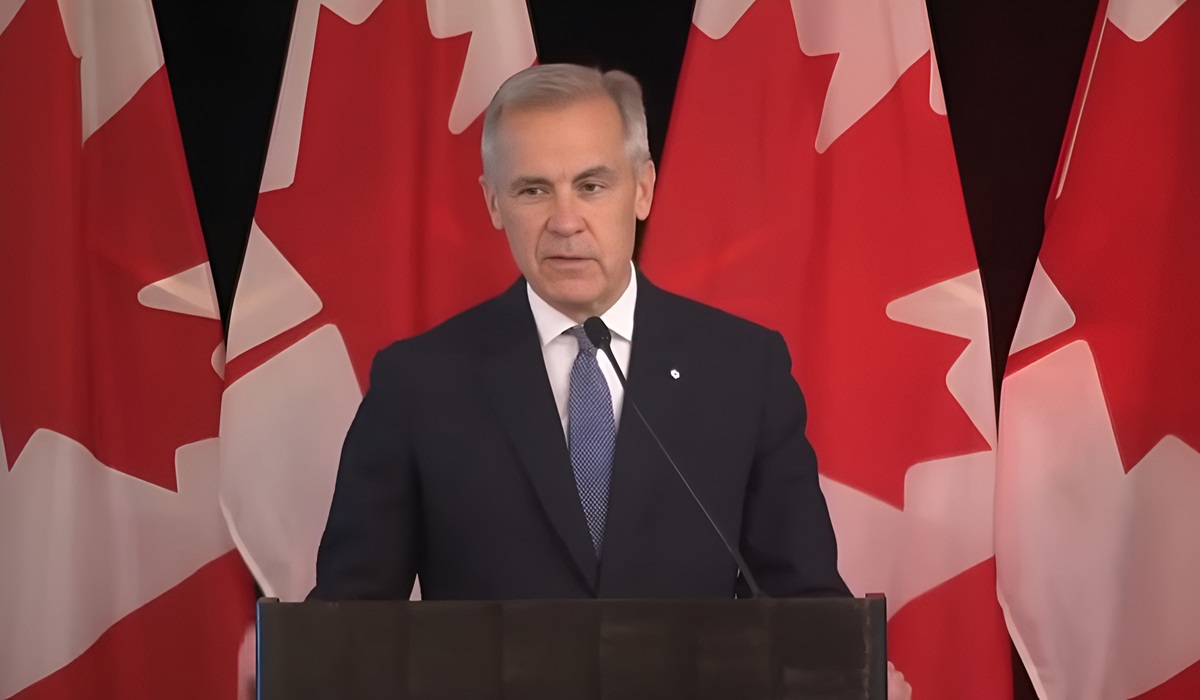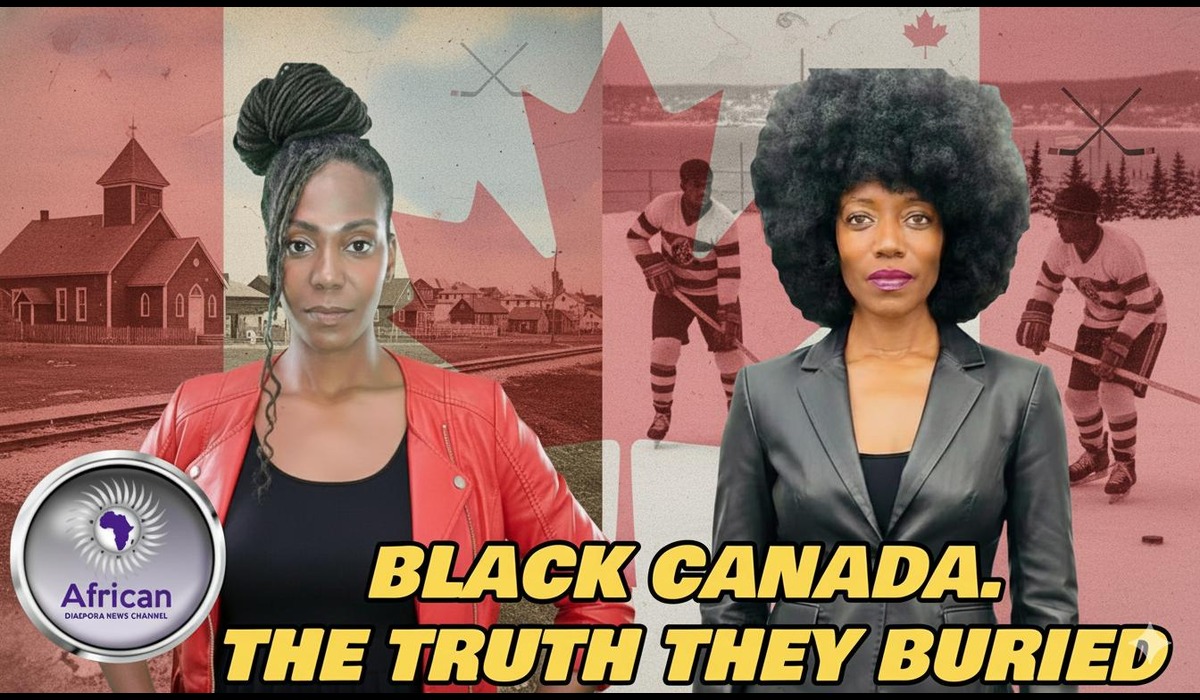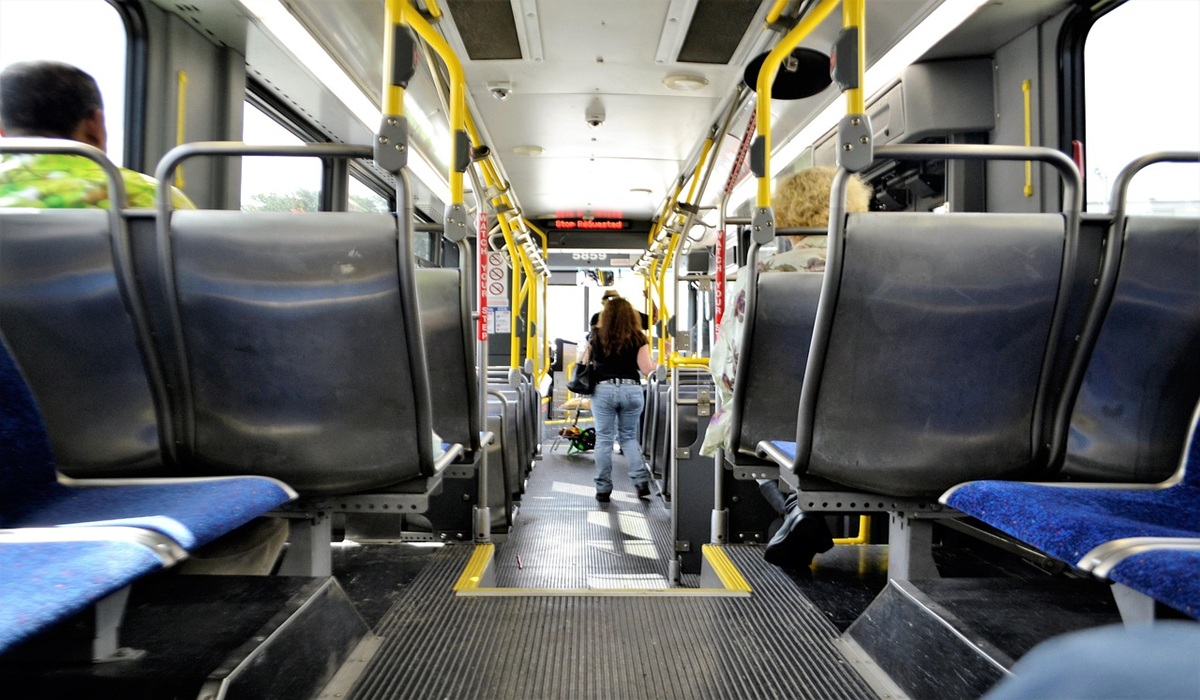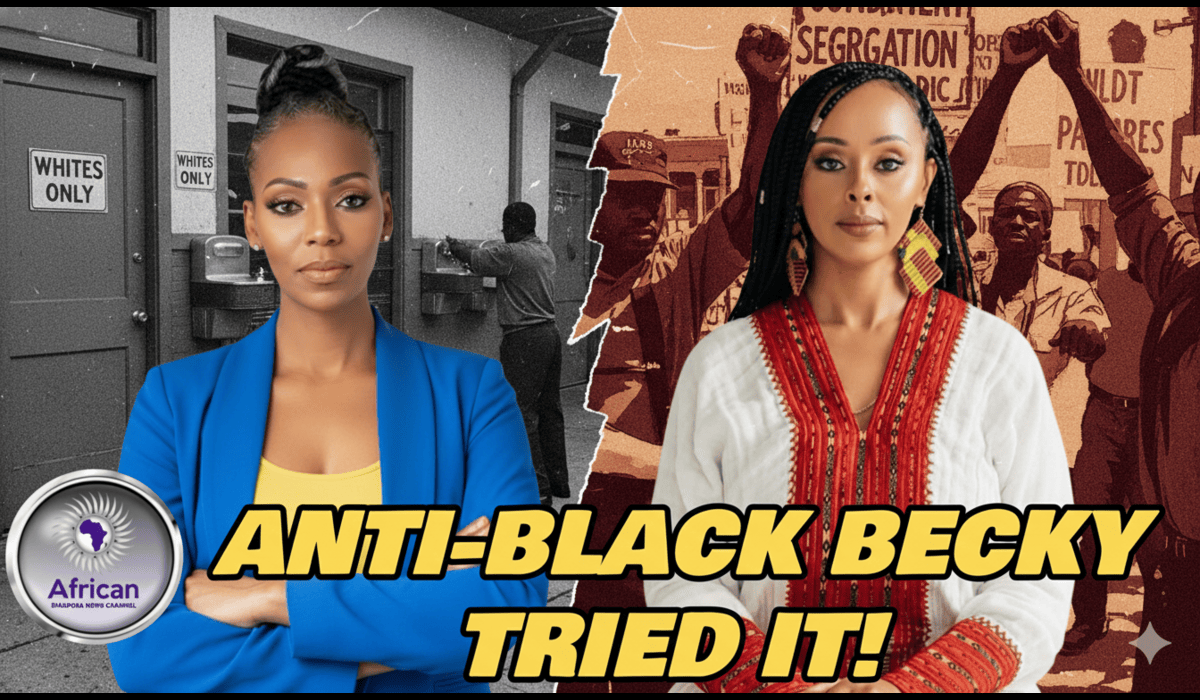Representation Matters: Manitoba’s Indigenous Communities Left Out of Federal Advisory Council
- TDS News
- Canada
- Indigenous
- September 11, 2025

By Donovan Martin Sr, Editor in Chief
Prime Minister Mark Carney recently announced the appointments to the Indigenous Advisory Council (IAC) for the new Major Projects Office (MPO), a body designed to guide transformative infrastructure and resource projects across Canada. The council, comprising eleven leaders from First Nations, Inuit, Métis, and Modern Treaty and Self-Governing communities, is intended to ensure Indigenous participation in Canada’s economic development and major nation-building projects.
However, amid the announcement, a glaring oversight has drawn criticism: despite Manitoba being home to one of the largest Indigenous populations in Canada—particularly in urban centers—no Southern First Nations from the province were included. This absence has sparked concerns about whether the council can truly claim to represent all Indigenous communities.
Grand Chief Jerry Daniels expressed deep disappointment over the exclusion. “Our province has the largest urban Indigenous population in Canada, yet our Nations are entirely absent. This oversight must be corrected immediately,” he stated. The concern is more than symbolic; the IAC will guide decisions on projects that cross Indigenous territories, affect lands and water, and shape the future of regional infrastructure and trade corridors. Without direct representation, Southern Manitoba First Nations risk having their priorities overlooked.
The Indigenous Advisory Council is tasked with guiding the MPO, which is headquartered in Calgary. The MPO aims to streamline regulatory approvals for major projects, coordinate financing where needed, and accelerate the development of infrastructure and resource initiatives that diversify the economy, create high-paying jobs, and connect Canada’s regions more effectively. Indigenous participation is central to this strategy, ensuring equity ownership and responsible resource management.
The council includes representatives from Yukon, Saskatchewan, Northern Quebec, Ontario, Quebec, Alberta, Nova Scotia, Manitoba, Nunavut, British Columbia, and Saskatchewan’s Métis Nation. While it is encouraging that Manitoba is represented through Lorne Pelletier of the Métis Nation, the absence of Southern First Nations highlights a significant gap in perspective. If Quebec and Saskatchewan can have two representatives each, the question arises: why not Manitoba, with its diverse and substantial Indigenous communities?
The issue is not only about geographic representation but also about ensuring that voices most affected by development projects have a direct say in decisions. Southern Manitoba’s First Nations are central to the urban and economic fabric of the province. From Winnipeg to surrounding regions, these communities play key roles in culture, economy, and society. Excluding them risks disconnecting federal decision-making from the realities on the ground.
This concern is compounded when considering other provinces and territories. Quebec, for instance, has two representatives from distinct Indigenous communities, ensuring multiple perspectives are heard. Saskatchewan also has two voices on the council, representing different Indigenous organizations. Even smaller provinces and territories, including Nova Scotia, Nunavut, and Yukon, have direct representation. Meanwhile, Southern Manitoba remains unrepresented, despite its significant population.
Representation on such a council is not merely ceremonial. The MPO’s major projects—ranging from energy corridors to transportation infrastructure—will cross Indigenous lands and affect local economies. Assuming that representatives from other regions will advocate for Manitoba’s interests would be naïve. Local knowledge and leadership are essential to ensure that projects respect Indigenous rights, environmental standards, and community priorities.
The exclusion also raises broader questions about equity across the country. If the Atlantic provinces and certain territories receive minimal or symbolic representation, can the council truly claim to speak for all Indigenous peoples in Canada? Each region has unique priorities and challenges, and effective decision-making requires that all voices be present. A council lacking geographic and community diversity risks being perceived as top-down or tokenistic.
Moreover, the oversight undermines the federal government’s stated commitment to reconciliation. Legislation such as the Building Canada Act and the establishment of the MPO emphasize Indigenous leadership in Canada’s economic future. However, the absence of Southern Manitoba First Nations suggests a disconnect between principle and practice. Reconciliation is not merely about consultation; it is about ensuring Indigenous communities have the authority to shape the projects affecting their lands, waters, and economies.
The call for action is clear: the federal government must correct this imbalance and ensure Southern Manitoba First Nations have representation on the IAC. Doing so would not only address provincial inequities but reinforce the government’s broader objectives of inclusive decision-making, equitable economic participation, and Indigenous-led nation-building. Correcting this oversight aligns with Canada’s constitutional obligations under Section 35, as well as commitments under the United Nations Declaration on the Rights of Indigenous Peoples, both of which emphasize meaningful consultation and participation.
Canada is at a pivotal moment in its economic development. The MPO and IAC offer an unprecedented opportunity to accelerate infrastructure and resource initiatives, connect regions, and create high-paying jobs. Yet, these efforts risk falling short if Indigenous representation is incomplete. Without the inclusion of Southern Manitoba First Nations, the council risks making decisions without full understanding of local contexts, potentially creating conflicts and undermining project outcomes.
While each member of the IAC brings valuable expertise, knowledge alone cannot replace the need for broad, geographically inclusive representation. Leadership from recognized Indigenous organizations is important, but so too is the principle that all affected communities have a direct voice in decisions that impact their futures. Ensuring this diversity strengthens the council’s credibility and effectiveness.
While the launch of the Indigenous Advisory Council marks a step forward, its current composition reveals critical gaps. Southern Manitoba First Nations, despite their significant urban population and role in regional economies, remain absent. This absence calls into question the inclusivity, fairness, and effectiveness of the council in guiding nation-building projects nationwide. Equitable representation across provinces and territories is not optional; it is essential to ensure that federal infrastructure and resource initiatives genuinely reflect the priorities and voices of Indigenous communities.
For Prime Minister Carney and his government, the solution is straightforward: meaningful reconciliation and effective nation-building require listening, inclusion, and action that reflects the full diversity of Indigenous communities. Southern Manitoba First Nations—and other underrepresented regions—deserve a seat at the table. Without it, Canada risks undermining both the promise of its infrastructure ambitions and the integrity of its commitment to Indigenous-led development. True representation matters—not just in principle, but in practice.








